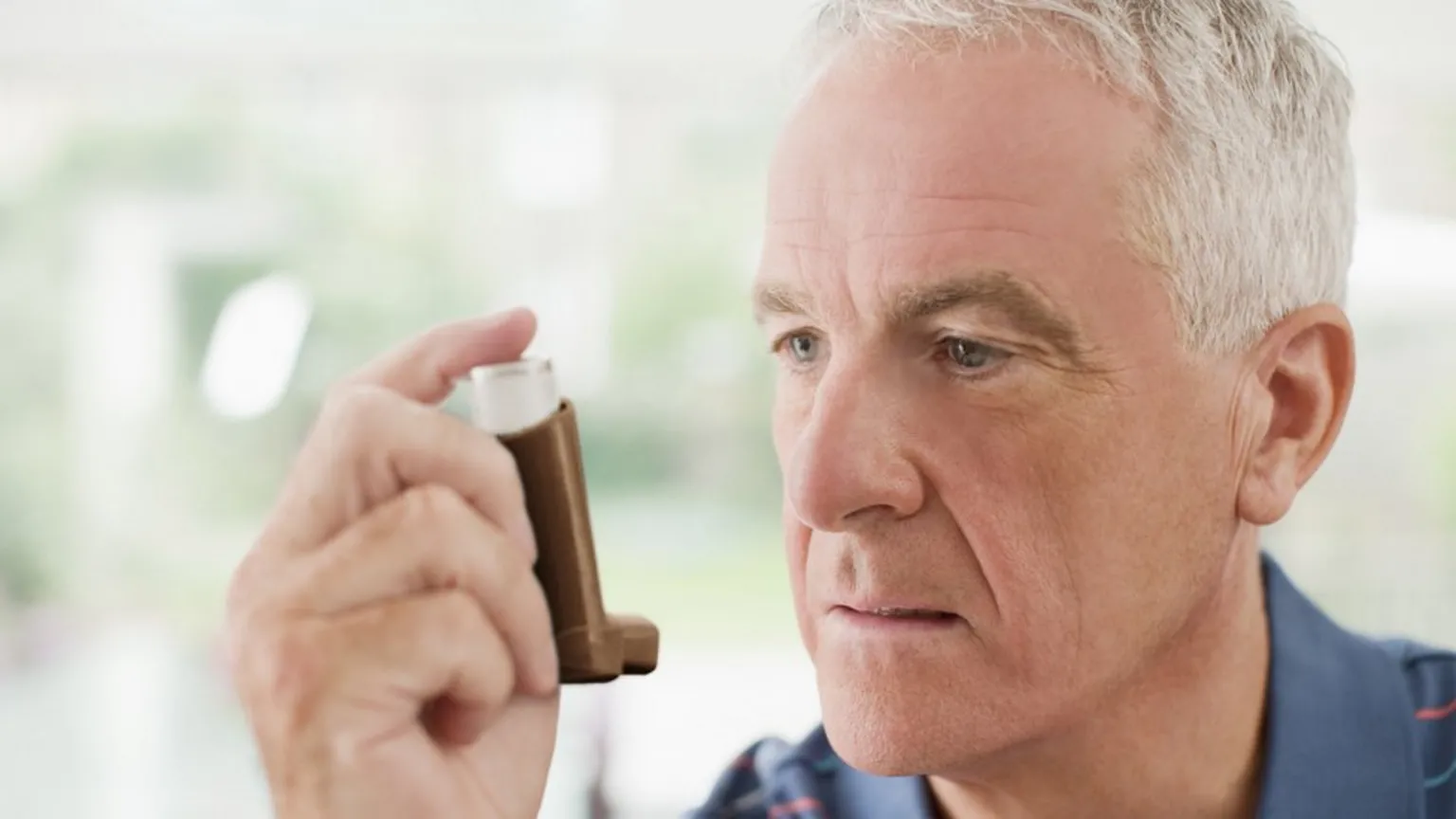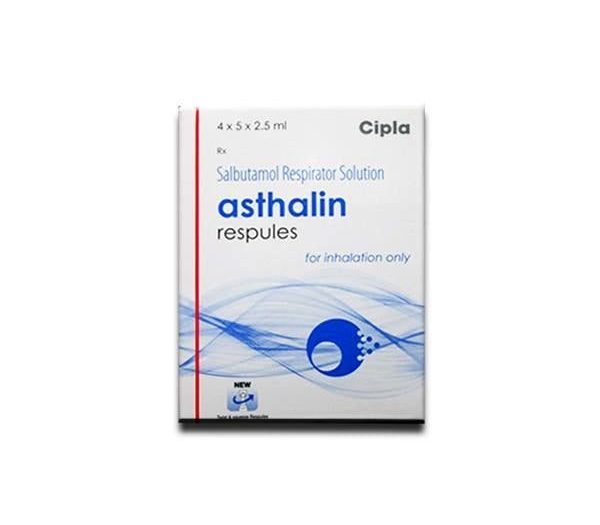Common Asthma Symptoms and How to Manage Them Effectively
Millions from asthma, a long-term breathing disorder that persists throughout their lives. It can cause a variety of symptoms that may range from mild to severe, and if not managed properly, can significantly impact daily life. In this blog post, we will discuss the common asthma symptoms and offer practical advice on how to manage them effectively, helping you to breathe easier and live a healthier life.
What is Asthma?
Asthma is a condition where your airways become inflamed and narrow, making it difficult to breathe. It is often triggered by allergens, irritants, infections, or physical activity. Although asthma can affect people of all ages, it is most commonly diagnosed in childhood.
Common Asthma Symptoms
Asthma symptoms can vary from person to person, but the most common signs include:


- Wheezing Wheezing is a noise that sounds like a high-pitched whistle and happens when breathing, especially when breathing out. This is caused by narrowed airways, and it is one of the hallmark signs of asthma.
- Shortness of Breath Difficulty in breathing, especially during physical activities or at night, is a common asthma symptom. Inflammation and blockage of the airways can lead to breathing difficulties, as the flow of air into the lungs is restricted.
- Coughing A recurring cough, often worse during nighttime or early morning hours, is a typical indicator of asthma. This cough can be non-productive, or it may bring up the cough may be dry or produce mucus. It is often triggered by allergens or irritants in the air.
- Chest Tightness A sensation of tightness in the chest, often described as feeling like someone is sitting on your chest, is another common symptom. This can occur along with other symptoms like wheezing and shortness of breath.
- Fatigue Symptoms can leave you feeling tired and drained, particularly if you are not able to get enough oxygen due to airway obstruction.
How to Manage Asthma Effectively
Managing asthma requires a combination of lifestyle adjustments, medications, and understanding your triggers. Here are some tips on how to manage asthma symptoms effectively:1. Create an Asthma Action Plan
Collaborate with your doctor to create a personalized plan for managing your asthma. This plan outlines what to do in case of an asthma attack, including how to use medications, when to seek medical attention, and how to monitor your symptoms. Having a plan in place can help you manage your condition and reduce the risk of severe attacks.2. Identify and Avoid Triggers
Symptoms are often triggered by allergens and irritants such as pollen, dust mites, smoke, pet dander, and strong odors. Keeping your environment clean, using air purifiers, and avoiding known triggers can help prevent flare-ups. If physical activity triggers your asthma, try to warm up slowly and avoid outdoor exercise when air quality is poor.3. Use Medications as Prescribed
Medications are the cornerstone of management. Two primary kinds of asthma.- Quick-relief medications (like inhalers) help relieve symptoms during attack by relaxing the muscles around your airways.
- Long-term control medications (such as inhaled corticosteroids) reduce inflammation and prevent symptoms over time.
4. Monitor Your Symptoms
Regularly monitor your symptoms using a peak flow meter, which measures how well air is moving through your lungs. This can help you identify early warning signs of attack and take action before the symptoms worsen.5. Stay Active and Maintain a Healthy Lifestyle
Regular physical activity can improve lung function and help your symptoms. However, it's important to consult your doctor before starting an exercise program, especially if you experience exercise-induced asthma. A balanced diet, adequate sleep, and stress management can also play an important role in asthma management.6. Keep Your Home Allergen-Free
Reducing allergens in your living environment is key to managing asthma. Some practical tips include:- Wash bed linens and pillowcases in hot water weekly to kill dust mites.
- Use dust mite-proof covers on pillows and mattresses.
- Keep pets out of bedrooms and wash them regularly.
- Use a dehumidifier to control mold growth.
7. Seek Support
Managing can be challenging, but you're not alone. Support groups, online forums, and community resources can provide helpful tips, emotional support, and a sense of belonging. Talking to your doctor regularly is also essential to adjusting your asthma management plan as needed.









 Asthalin Respules 5x2.5 ml contains Salbutamol which is a bronchodilator. It works by relaxing the respiratory muscles and widening the airways of the lungs, making breathing. This medicine is specially prescribed to asthma and COPD patients who have laboured or difficulty in breathing. Thus, it helps relieve chest tightness, cough and wheezing (whistling sound while breathing). Additionally, it also prevents shortness of breath during or after exercise or activity. Read more:
Asthalin Respules 5x2.5 ml contains Salbutamol which is a bronchodilator. It works by relaxing the respiratory muscles and widening the airways of the lungs, making breathing. This medicine is specially prescribed to asthma and COPD patients who have laboured or difficulty in breathing. Thus, it helps relieve chest tightness, cough and wheezing (whistling sound while breathing). Additionally, it also prevents shortness of breath during or after exercise or activity. Read more: